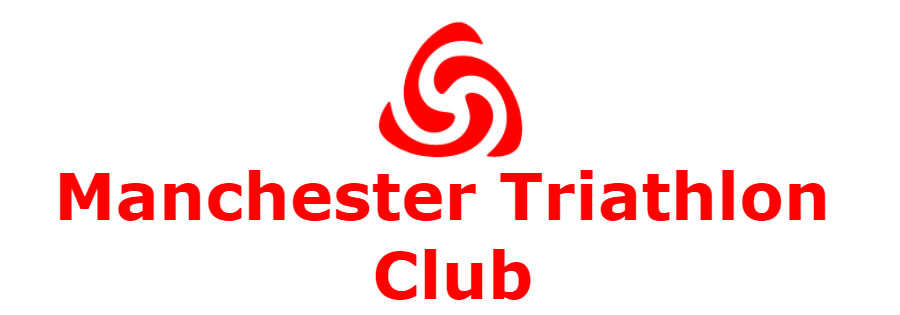Our coaches are keen to share with you why turbo training is such a valuable tool particularly in the winter.
Tony Jolly on Wattbikes
One of the biggest differences between those at the front of the race (any race) and those further back, is the ability to produce a relatively fast bike time, without overtaxing the body, so you can let loose on the run. So what training should you do to improve your cycling. Long rides, done at a steady pace for prolonged periods (2 hour plus, depending upon your intended race distance) will be the cornerstone for all, building the endurance to get round your chosen race distance. Note many people try and do all their training in this one session, and often go too hard.
Once that box of getting round is ticked what else do you need to do to move you to the next level? Very much like running it needs an additional harder session around that threshold pace.
Wattbikes make it possible to track your progress and tailor your training to your own abilities and really focus on sessions that will be perfect for you. In the same way that using times in the pool or on the track aid progression, the same is true of using Power on the bike. This doesn’t mean it’s just for the strong and powerful individuals, it’s really beneficial whatever your level.
Training with other people and with the advantage of accurate power feedback from the Wattbikes will definitely give you the platform to improve massively. But what if you just can’t make these sessions? We’d suggest getting hold of a turbo trainer, preferably one with some power measurement. You want to be performing sessions once a week that work around that Threshold level (a pace you can hold for nearly an hour), it should feel hard 7-8 out of 10. Build from 5 reps of 5 minutes with 2 minutes rest to 4 reps of 8 minutes with 90 second rest over a 8 week period.
Paul Greenhalgh …
What do I need to do my own turbo training?
At the risk of stating the obvious, you’ll need a turbo trainer and a bike.
A turbo can be purchased from around £100 to £150 new, although like with everything cycling related you can spend a veritable fortune. There are always used ones for sale on TriTalk, Timetriallingforum, ebay on the like, so have a look. The main thing I’d recommend is that it has different resistance levels, so you can do low cadence (riding up a hill) type efforts as well as faster spinning ones.
For those of you with only one bike, a good idea would be to have a spare cheap back wheel with a thick tyre that you only use on the turbo.
Even better, if you have the room at home, keep an old (seen better days) bike just for this. Anyone who has seen my turbo bike (a 15 year old rust bucket) can’t believe that I’m a serious cyclist, but thinking about it, you don’t want to be sweating all over your expensive carbon ride and wearing a groove in the headset from not steering it.
Nick Thomas, our Endurance Coach says…
Turbo training is the most time-effective form of bike training and is particularly useful during the winter months. To ensure you’re achieving the most from turbo training consider the following points:
Each session should have a specific aim
Are you developing strength, power, neuromuscular coordination or lactate tolerance? Each session aim will require a different session.
Intensity (i.e. power and heart rate) must be specific and relevant
To achieve specific adaptations you need to work at the relevant intensities. Harder sessions require concentration and focus or adaptations will be minimal.
Duration of each effort and recovery should be specific and relevant
If intervals are too long you’re unlikely to reach the required intensity. Recoveries also need to provide the appropriate amount of rest to enable you to reach the same intensity for subsequent intervals.
Resistance and cadence should be specific and relevant
Strength work needs to target strength fibres at very high resistance so cadence will be low (50-60 rpm). This contrasts with neuromuscular/technique development work which would be done at a considerably higher cadence (100-120 rpm) with a lower resistance.
Sessions should be periodised throughout the year
Depending on when you’re training there will be a different focus within your training plan. Don’t fall into the trap of completing the same 2-3 sessions all year round – there should always be progression.
Something is better than nothing
You can achieve a great deal from a 40 min turbo session providing you achieve the above points. If you’re short of time a simple, well designed and logical turbo session will provide a very effective bike session.
So what does Paul Savage think about turbo training?
Many people associate turbo training with hard ‘threshold’ intervals but you can do your steady rides on the turbo trainer too – especially during the winter when the weather makes it unappealing/dangerous to go out on the road.
A 90-120 minute ‘steady state’ turbo session at 5/10 intensity provides great aerobic training and the constant pedaling means that your HR will stay elevated throughout.
Use the time to listen to a podcast such as ‘IM Talk’ or ‘Legends of Triathlon’ which will provide you with motivation and education about the sport of triathlon during your workout.
